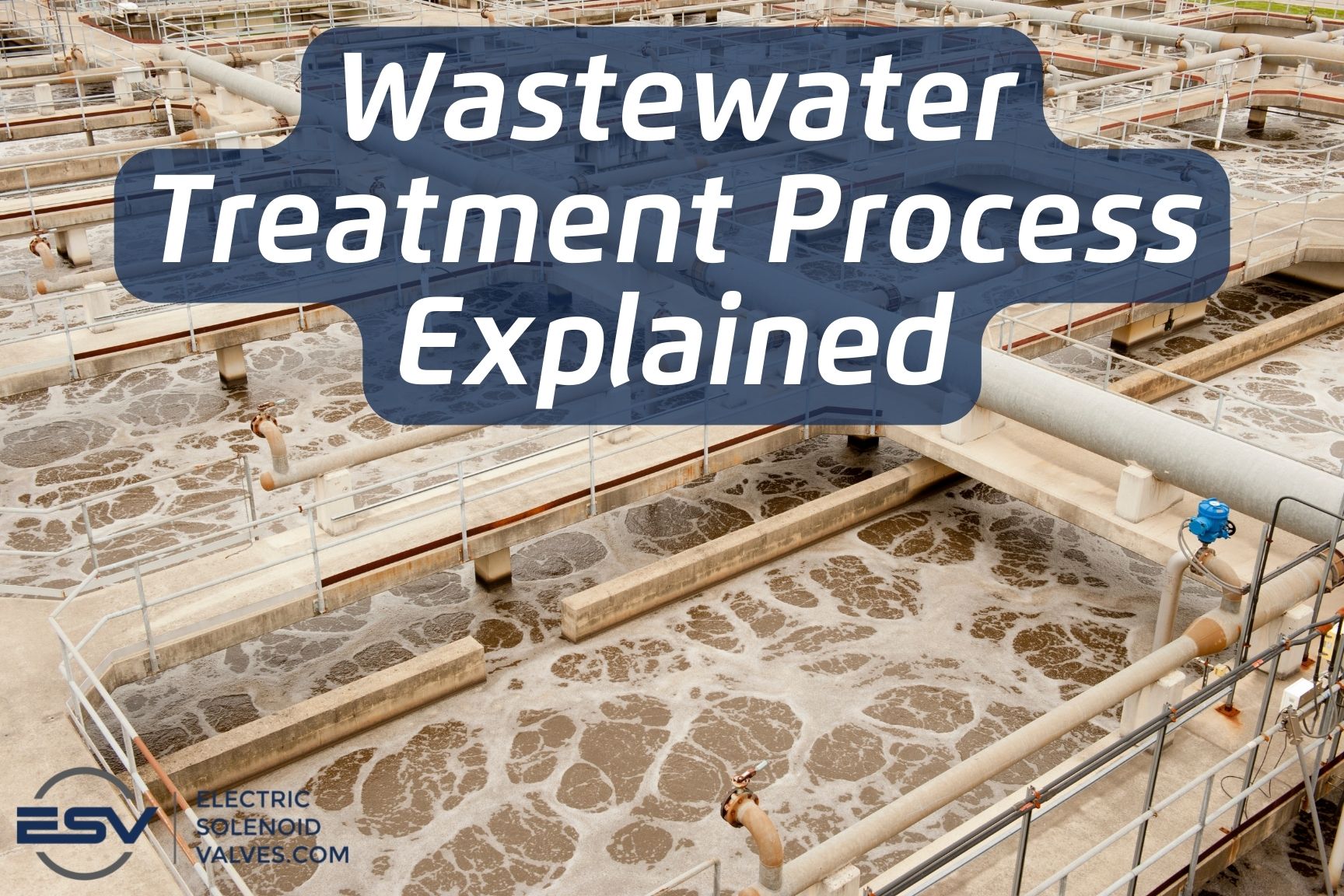Advanced Waste Water Treatment Solutions for Lasting Water Monitoring
Wiki Article
Strategic Approaches to Improve Waste Water Treatment Efficiency and Minimize Ecological Impact
In the world of waste water treatment, the pursuit for improved performance and lowered environmental impact is a perpetual difficulty that demands critical services. The integration of advanced treatment technologies, energy-efficient processes, source healing methods, enhanced nutrient elimination techniques, and wise tracking and control systems represents a multifaceted framework for resolving these pressing problems.Advanced Treatment Technologies
Sophisticated membrane layer purification systems have actually revolutionized sophisticated wastewater therapy processes, significantly improving the removal of contaminants. This technology has proven to be very effective in eliminating a wide variety of pollutants, including drugs, heavy steels, and organic compounds, which are frequently challenging to remove with standard treatment methods.Additionally, membrane filtration systems supply countless benefits over conventional treatment strategies. In addition, these systems are highly functional and can be conveniently integrated right into existing therapy plants or utilized as standalone devices for decentralized applications.
Energy-Efficient Procedures
The integration of energy-efficient procedures in wastewater treatment systems is crucial for enhancing resource application and lowering functional prices. One essential strategy to boosting power performance in wastewater therapy is the usage of innovative aeration systems, such as great bubble diffusers or surface area aerators, which can improve oxygen transfer effectiveness and lower energy usage.Furthermore, enhancing procedure control and automation via using innovative sensors and keeping an eye on systems can enhance general energy performance by changing procedures in real-time based on actual need and conditions. Applying power audits and on a regular basis checking energy efficiency indications are crucial practices to identify locations for improvement and track energy-saving initiatives successfully. Overall, the adoption of energy-efficient procedures in wastewater treatment not only benefits the atmosphere but additionally adds to long-lasting cost financial savings and operational sustainability.
Source Healing Methods
With a focus on maximizing resource application and sustainability in wastewater therapy systems, the application of resource healing strategies arises as a pivotal aspect in improving functional effectiveness. Resource recuperation techniques in wastewater treatment involve the recognition and extraction of valuable sources from the waste stream, therefore turning what was once considered waste right into an important possession. By implementing resource recuperation strategies such as nutrient removal and recuperation, power generation from raw material, and the production of reusable water, wastewater treatment plants can lessen environmental effect while making best use of efficiency.
Boosted Nutrient Elimination Methods
Applying innovative nutrient removal methods is essential for enhancing the performance of wastewater therapy systems. Enhanced nutrient elimination plays a critical role in lessening the environmental influence of treated effluent released into water bodies. Among the crucial methods made use of for boosted nutrient elimination is the procedure of biological nutrient removal you could look here (BNR), which includes the elimination of nitrogen and phosphorus with organic procedures. This can be achieved via making use of specialized microbes that can convert nitrogen compounds into inert nitrogen gas via denitrification, and gather phosphorus within their cells via a procedure called improved biological phosphorus removal (EBPR)
In addition to BNR, progressed therapy methods such as membrane layer bioreactors (MBRs) and constructed wetlands can also be used to boost nutrient removal performance. By integrating these advanced nutrient removal methods into wastewater therapy systems, municipalities and industries can successfully reduce nutrient air pollution and safeguard the environment.
Smart Surveillance and Control Equipment
Using sophisticated modern technology, the combination of clever tracking Recommended Site and control systems revolutionizes the operational effectiveness of wastewater therapy facilities. These systems include sophisticated sensing units and data analytics to continuously keep an eye on essential criteria such as pH degrees, turbidity, dissolved oxygen, and circulation prices in real-time. By accumulating and analyzing this information, drivers can acquire useful understandings into the efficiency of the treatment processes, allowing positive adjustments to enhance treatment efficiency.Smart tracking and control systems also support remote surveillance capacities, permitting operators to access real-time information and control functions from off-site locations. This remote availability boosts functional versatility and responsiveness, allowing swift interventions in situation of system breakdowns or fluctuations in influent top quality. The anticipating maintenance abilities of these systems help stop devices failings and decrease downtime, ultimately boosting the review total integrity of wastewater therapy procedures.
Conclusion
In verdict, strategic techniques such as advanced therapy modern technologies, energy-efficient processes, source recuperation methods, boosted nutrient elimination techniques, and smart monitoring and control systems play a crucial duty in improving wastewater treatment performance and decreasing ecological influence. By implementing these strategies, wastewater therapy plants can improve their total efficiency, decrease energy consumption, recuperate important resources, and ensure compliance with ecological policies. These techniques are necessary for lasting and reliable wastewater administration practices.
In conclusion, calculated strategies such as sophisticated treatment technologies, energy-efficient processes, source recuperation techniques, enhanced nutrient removal strategies, and smart tracking and control systems play a critical function in improving wastewater treatment efficiency and reducing ecological influence.
Report this wiki page